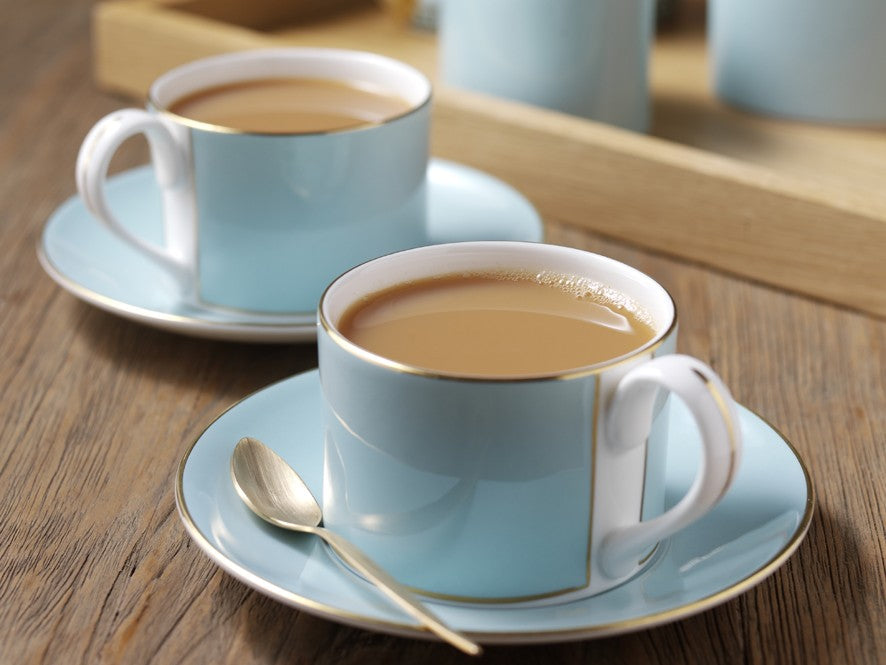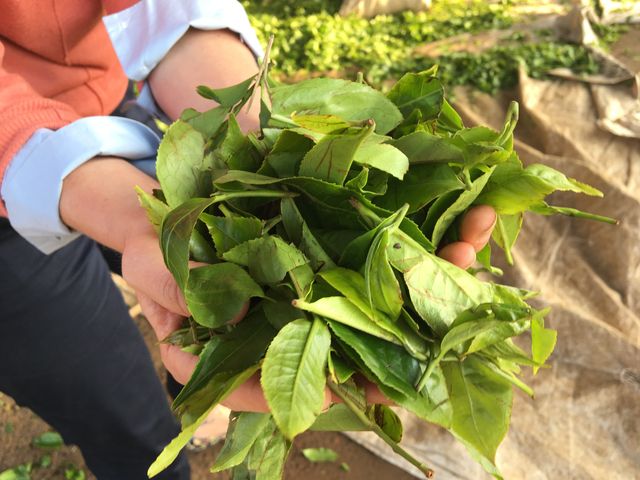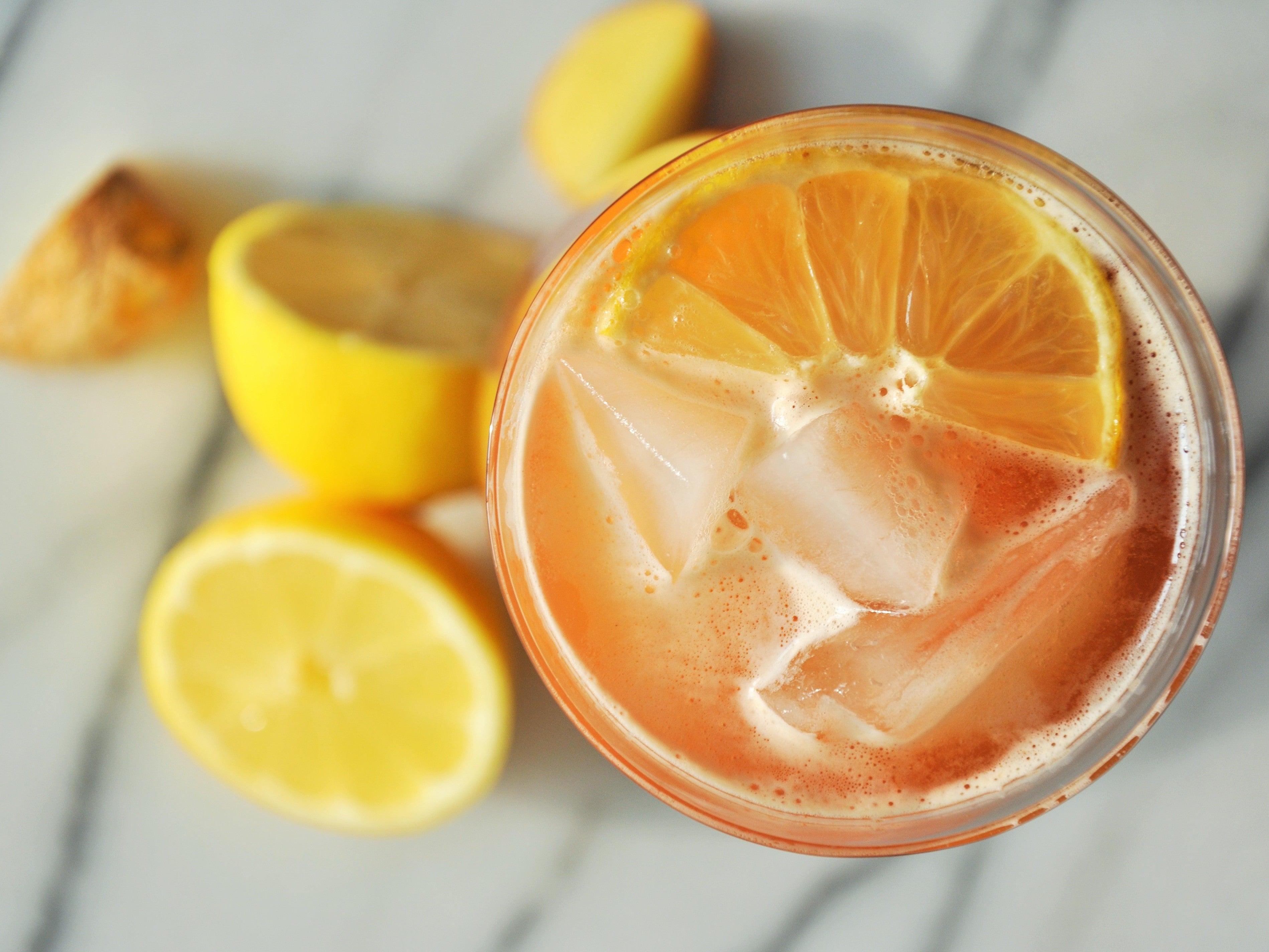
How to Make the Perfect Cup of Tea
Golden rules
Whether you're new to loose tea or a devoted tea afficionado, getting it right can turn an ordinary moment into something truely special. From selecting high-quality loose leaf tea to using fresh filtered water, here's our top tips to create the perfect cup
Always use freshly drawn, cold water every time you fill your kettle. The oxygen in the water is vital in producing a lively, bright brew.
Don’t over-boil your kettle – this increases the mineral solids content in the water, producing a dull, cloudy cup.
Warm your teapot first by swirling a small amount of boiled water in it – this ensures the water temperature remains hot when poured.
To keep your tea fresh and avoid spoiling the flavour, keep store in a sealed container. Tea is hygroscopic, it absorbs moisture and kitchen smells.
Don’t leave the tea leaves in the pot, under a tea cosy. This extends the brewing time and will make the tea bitter and stewed. A removable Basket Infuser or straining the tea into another pot are good solutions
Quantity
Using loose tea, allow one teaspoon per person and one teaspoon for the teapot. Feel free to add more or less to make it to the strength you like
Temperature
Boiling water for black teas and herbals, and a touch cooler for more delicate green and oolongs. If you have temperature controlled teapot then 80°C is perfect for these lighter teas, or simply leave your boiled water to cool down for around 10 minutes before using.
Time
Between 3 and 5 minutes adjust for personal taste.
Any tips on how to taste tea?
Tea tasters spray the tea across the palate, slurping the tea up from a spoon! The reason being to vaporise the tea and deliver the flavour and aroma to the olfactory glands (at the back of the nose). This enables a better assessment of the tea in terms of its flavour, strength, thickness and briskness.
Does loose tea make better tea than teabags?
Loose tea has more flavour than teabags, you can taste the difference. The ritual of slowing down to prepare loose tea is also part of the pleasure.
Should the milk go in first or last?
Historically, the 'milk in first' rule was to protect the fine bone china it was served in – nowadays it's individual choice. We like to add last as it's easier to determine amount needed.



